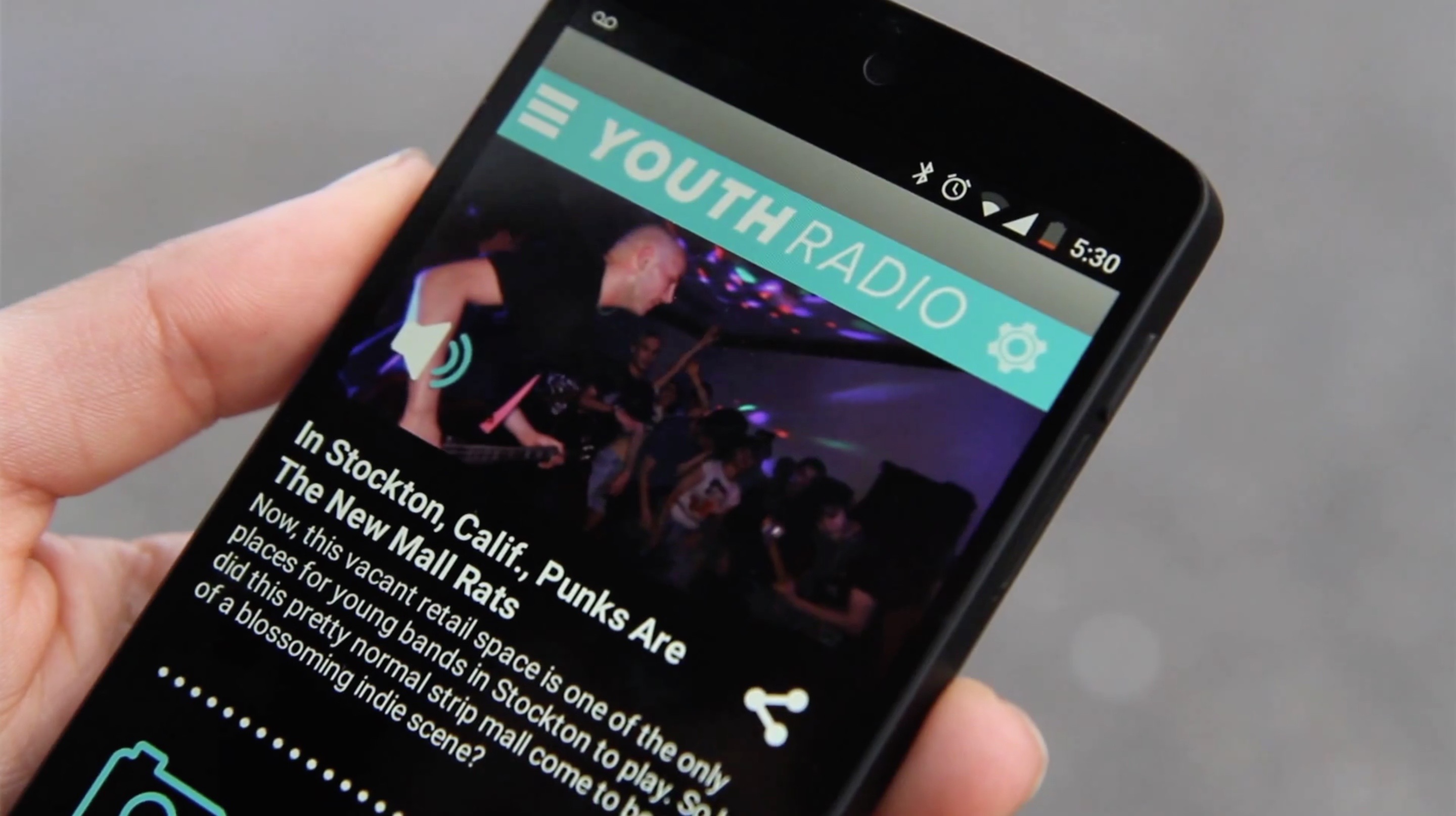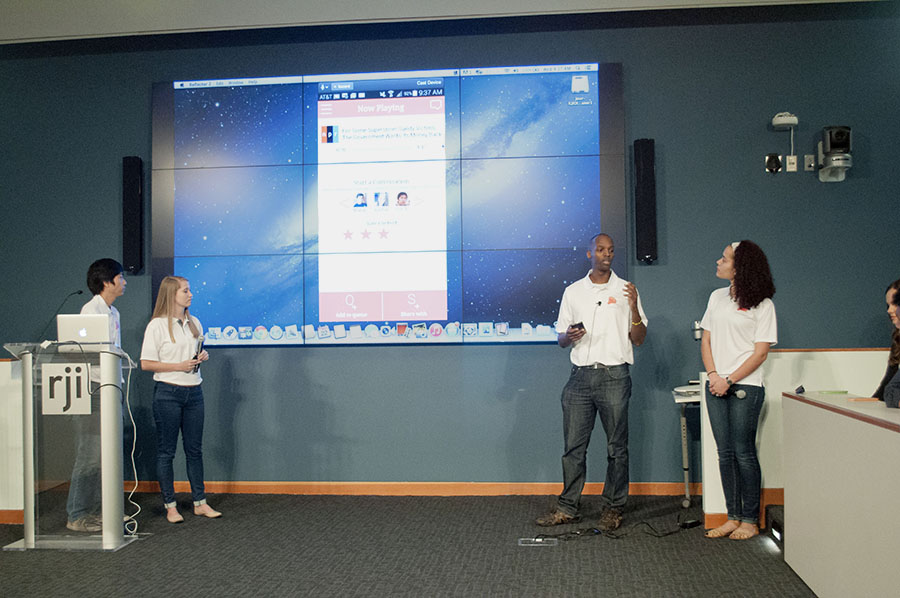Tag: Apps
New PBS policy will locally limit national content on stations’ digital platforms
PBS says limiting national content to local markets will help avoid viewer confusion and strengthen station brands.WGBH invests in RadioPublic
"[W]e see WGBH as a growing force in podcast content creation, distribution and marketing," said RadioPublic CEO Jake Shapiro.With new app, a startup wants to make donating to public radio easy
iWinQ's developers hope to make inroads among listeners who don't donate — a large share of public radio's audience.Out of many, NPR One: The app that wants to be the ‘Netflix of listening’ ...
A big update moves NPR One yet another step in the direction of becoming a one-stop shop for all audio content, from ...Michigan Radio PD will join NPR to focus on ‘local experience’ of streaming app
Tamar Charney will be the local editorial lead for NPR One.Familiar PBS characters appear in new coding app for kids
With Ready To Learn funding, PBS is tackling computer science as a 21st-century skill for young children.CBC approach to election coverage offers lessons for U.S. pubmedia
The CBC digital team’s latest major voter-engagement initiative is a collaboration with Google’s civic engagement team.Five things public media can learn from Yik Yak, the most depressing college-oriented social media ...
If public media wants to serve college students better, it should think more about providing content in the places where college students ...Use plays from radio’s winning gamebook to connect with mobile, online listeners
Stations need to rethink their approach to NPR co-branding and on-demand access to content.With Yellr app, WXXI seeks to engage new audiences — and help other news outlets ...
The app’s developers are looking for partners to demonstrate its potential.Youth Radio partners with MIT program to create new app
The app seeks to broaden Youth Radio’s audience and increase engagement with its stories.Studying NPR One’s data: “You’re like the first doctor who ever saw an X-ray”
NPR’s Sara Sarasohn explains what the network is learning about the listening habits and preferences of NPR One users.Student entrepreneurs work to fulfill promise of pubmedia apps
Winners of a Reynolds Journalism Institute’s student competition continue to tweak their products and target prospective partners.Friday roundup: Smartbinge boosts WNYC traffic; McKibben praises podcasts
Plus: A controversial film spurs letters to PBS's ombud, and Cookie Monster stars in a new app.Friday roundup: PRX enlists Jacapps for station apps; FCC divulges data on interference
Plus: an interview with the creator of Vicious, and a boost for Reading Rainbow from Seth MacFarlane.











